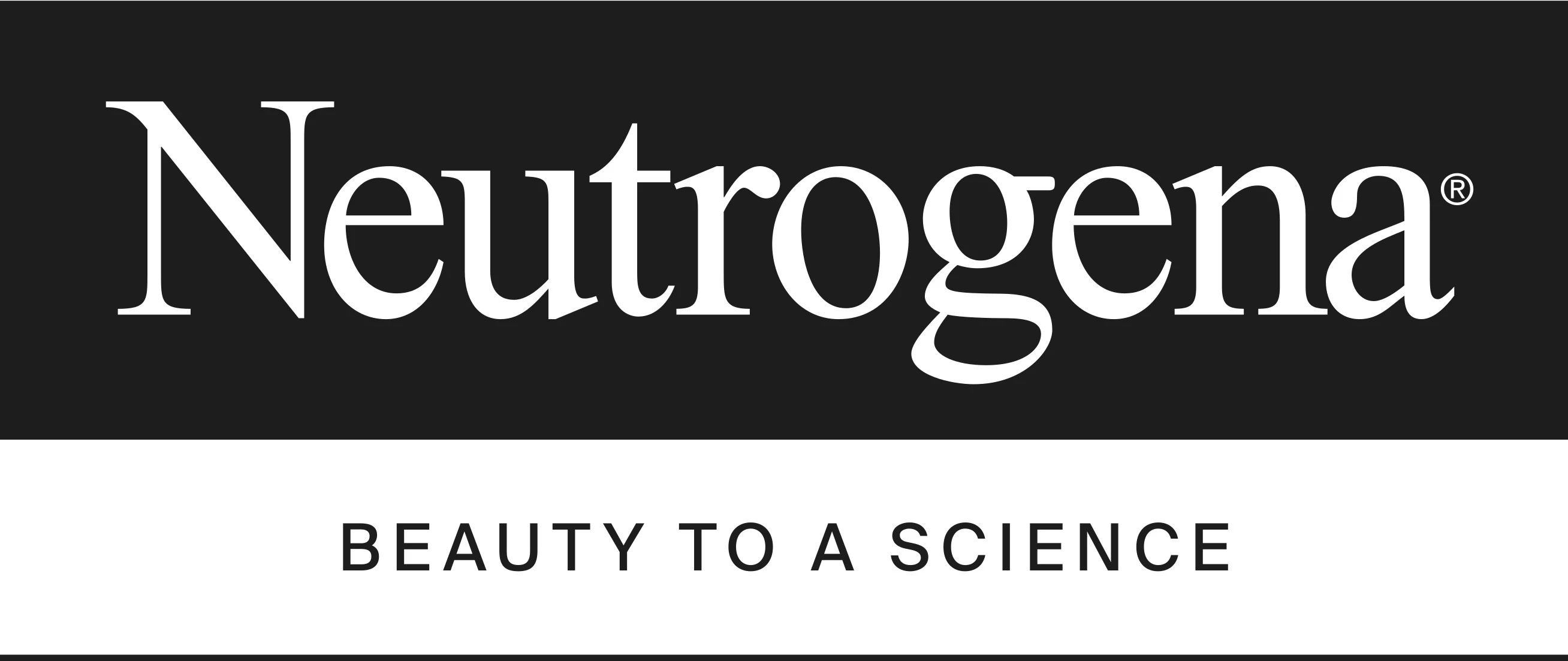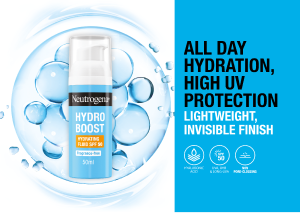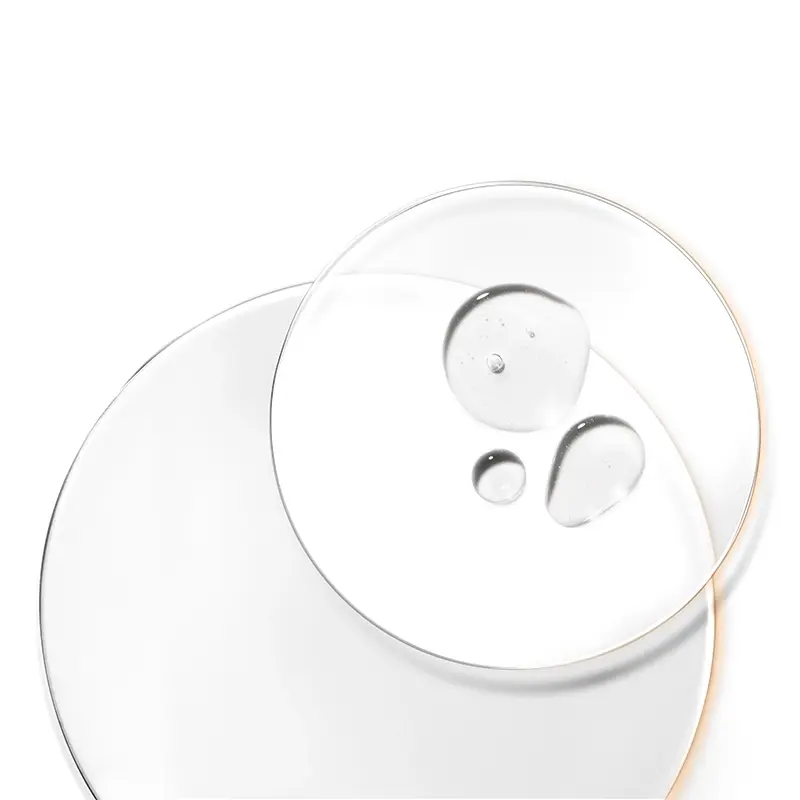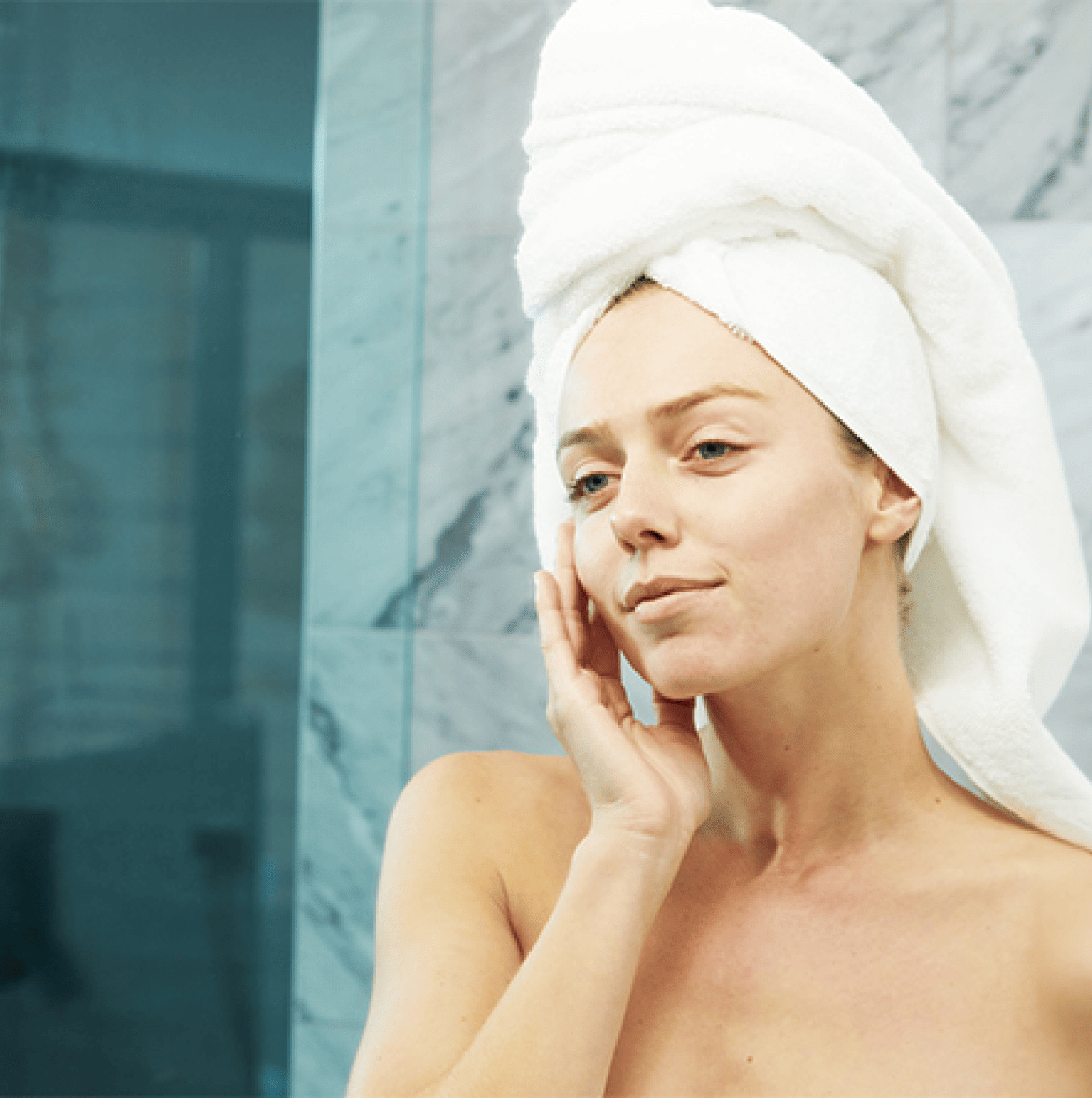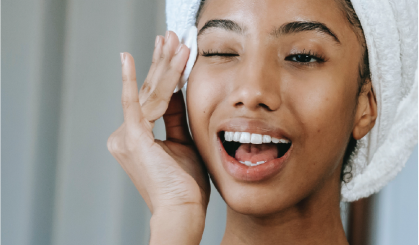Blackheads are a form of spot that appears as small black specks in areas where the pores have become clogged. While they can appear anywhere on the body, they’re most common in the areas where more dead skin cells and natural oil (known as sebum) are produced. This includes the face and specifically around the nose. It can be tempting to try and squeeze blackheads out to remove them. However, squeezing, picking, or popping blackheads will only make matters worse.
Here, we’ll cover some better ways to remove blackheads. You can also find out more about what blackheads are, how to address them, and how to prevent them from coming back.
In this guide:
What are blackheads?
Blackheads develop when pores become clogged with oil and dead skin cells. They appear as small black bumps on the surface of the skin. Blackheads tend to form in areas where the skin produces more oil, including the T-zone around the nose. People with an oily skin type are more prone to getting blackheads
While blackheads are most common on the face, they can form almost anywhere on the body. Some of the most common areas where blackheads appear include the:
Nose
Chin
Cheeks
Back of the neck
Chest
Back
Blackheads may also appear less commonly on the ears, thighs, buttocks, and armpits.
What causes blackheads?
Blackheads are caused when a pore or hair follicle becomes blocked or inflamed. This can happen for a variety of reasons, including:
Increased production of sebum – the natural oily substance produced by the sebaceous glands
Trapped debris within the pore, such as dirt, bacteria, dead skin cells, and make-up residue
An increase in bacteria on the skin, causing spots to form
An increase in the presence of the androgen hormone
An abnormal formation of the protein keratin, which helps generate skin, nails, and hair.
As blackheads are an open type of spot, the trapped dirt, bacteria, or other residue oxidises when it reacts with the air. This is what gives the spots their black or dark brown appearance.
What’s the difference between blackheads and whiteheads?
Blackheads and whiteheads are both what is known as comedones – the bumps that occur due to inflammation in the pore or follicle. The main difference between the two is that blackheads are open, while whiteheads are closed over with a layer of skin. Both blackheads and whiteheads can appear at the same time and in the same areas of the face and body.
Over-the-counter treatments may also be similar for both blackheads and whiteheads. However, there are some differences to consider when treating blackheads compared to other types of acne. For example, while antibacterial treatments, such as benzoyl peroxide, may work against some forms of acne, it’s unlikely to be as much help in fighting blackheads.
How to remove blackheads and prevent them coming back
There are various skincare treatments you can try that can help remove existing blackheads and aid in preventing them from coming back.
Use products with salicylic acid for blackheads
Gentle exfoliation can be a helpful part of your skincare routine , as it helps to clear excess oil and remove dead skin cells. However, you should only exfoliate once or twice a week. Over exfoliation can dry out the skin, leading to increased production of oil, which can result in more blackheads.
Instead of physical exfoliation, you can try using products containing salicylic acid – a popular ingredient targeting blackheads and spots. Salicylic acid can help dissolve the excess oil on your skin and remove dead skin cells from the top layer of the skin, resulting in faster less pore blockage and a reduction in spots. NEUTROGENA® Blackhead Eliminating Facial Scrub contains salicylic acid and is clinically proven to help eliminate and prevent blackheads from the first use.
Apply a retinoid cream
Retinoid creams are derived from vitamin A and can help shed dead skin cells and unclog pores. They can also help your skin to regenerate and create new cells.
Retinoids can be quite intense, and some retinoid treatments will only be available on prescription. They can also make the skin more sensitive to UV light, so they should be applied at night and used alongside a broad-spectrum sun screen. Retinoids should not be used at the same time as salicylic acid, as this will cause irritation.
Use oil-free moisturisers for oily skin
When it comes to eliminating blackheads, the less excess oil on the skin, the better. However, if you allow the skin to dry out, your body may start producing more sebum to compensate. The types of products you should use, therefore, depends on your skin type.
People with oily skin are more prone to blackheads and should use an oil-free facial wash and oil-free moisturiser to avoid irritating their skin. Meanwhile, people with dry skin types may benefit from products containing some oil.
Wash your face regularly
To help manage the natural production of oil in the skin, you should wash your face twice a day – first thing in the morning and last thing at night. NEUTROGENA® Oil Balancing Facial Wash is an oil-free facial wash that gently cleanses and removes excess oil.
Try a professional extraction
If you have excessive blackheads – or if the above steps do not help eliminate your blackheads – you may want to consider booking a professional extraction. You should only get an extraction from a healthcare professional or dermatologist, as a home extraction could lead to permanent scarring. Other treatments your dermatologist may recommend for blackheads can include chemical peels and microdermabrasion.
Blackhead removal FAQs
What is the best blackhead remover product?
The best blackhead remover product for you will depend on your skin type – each skin type is different and should be treated as such. The key is finding the product or combination of products that work for you.
Are pore strips good for blackheads?
Pore strips can help remove congestion from pores, which can help temporarily reduce the appearance of blackheads. However, these can also cause the skin to become dry or irritated and will rarely solve the underlying issue.
